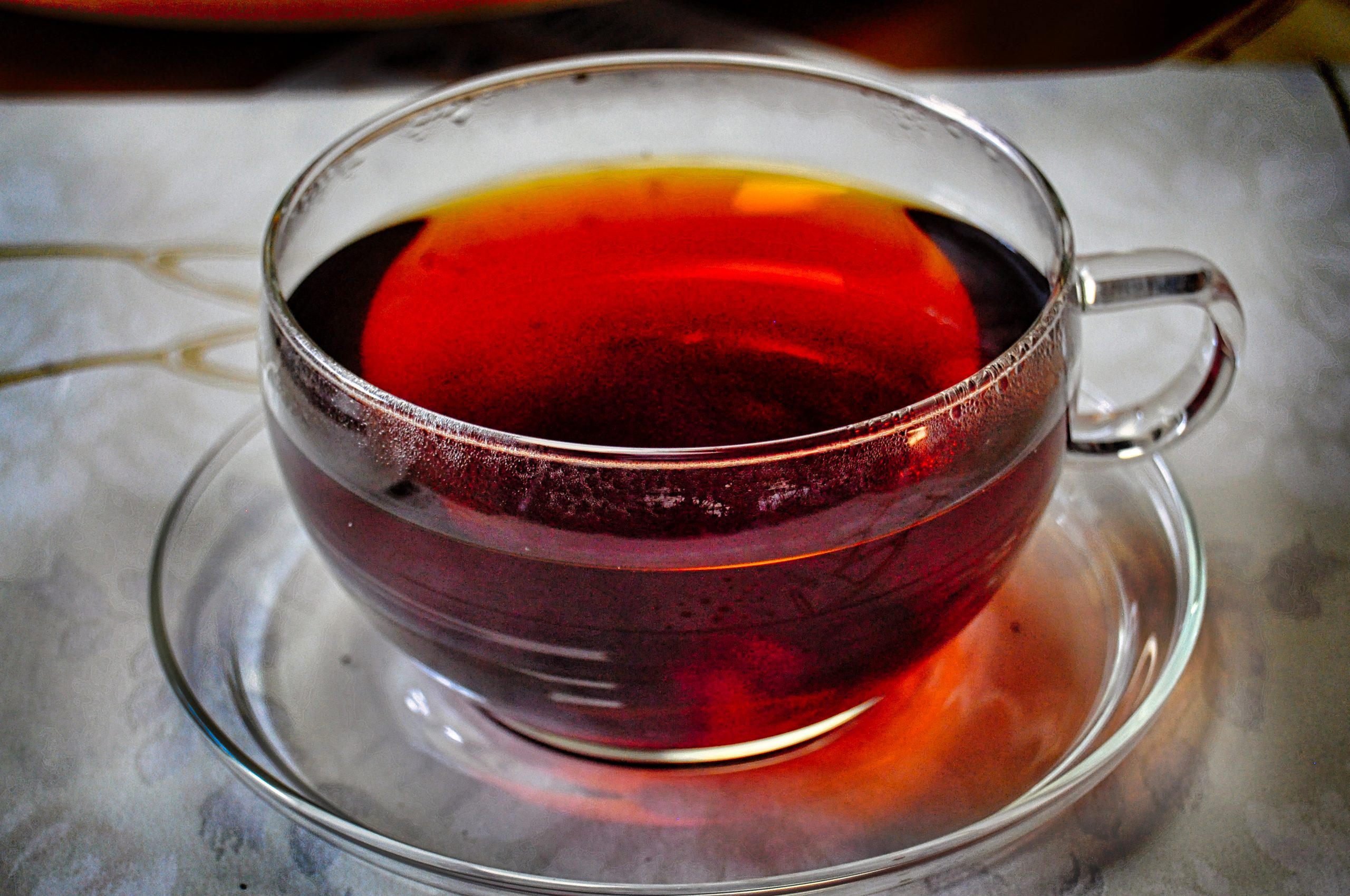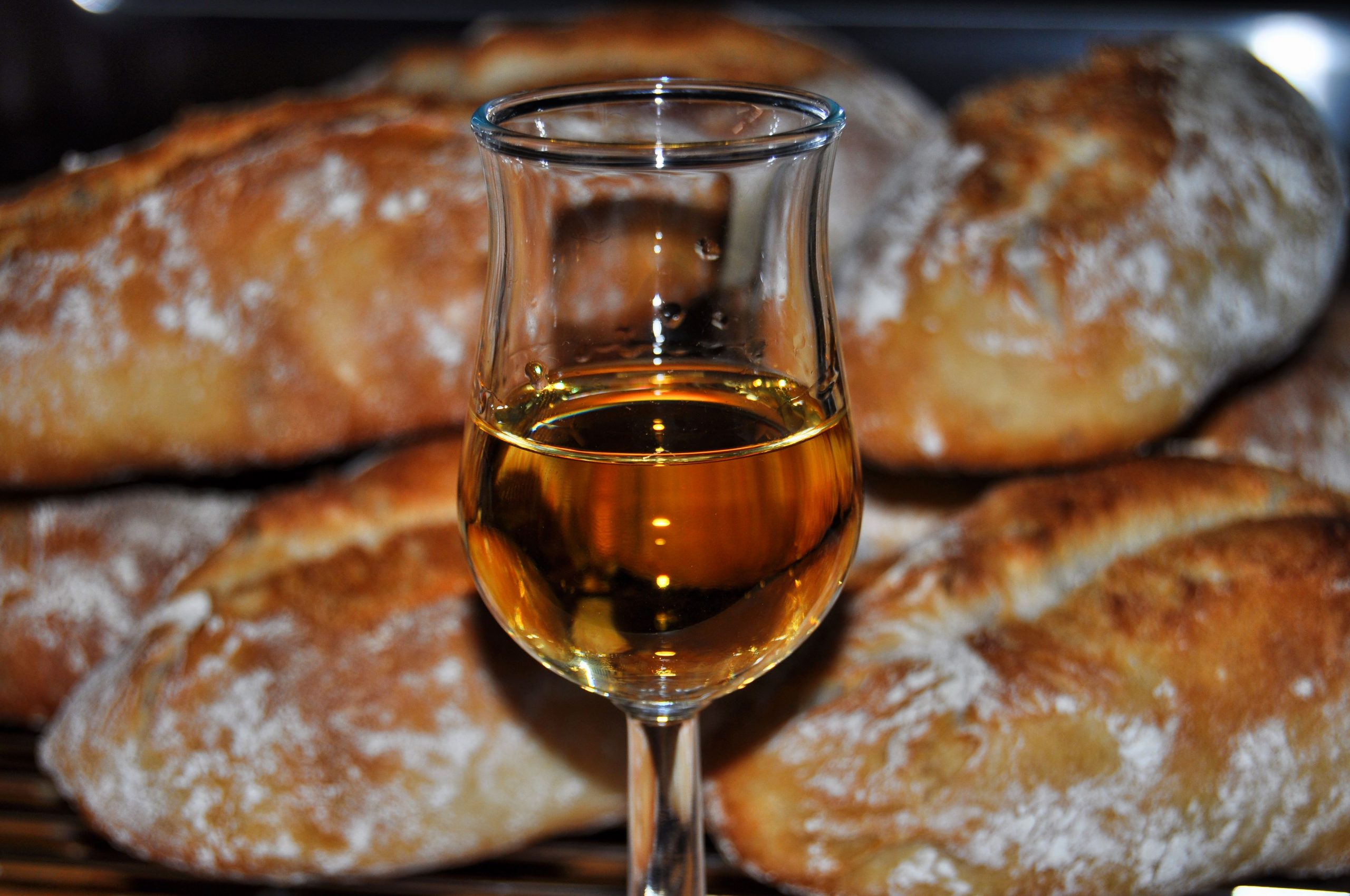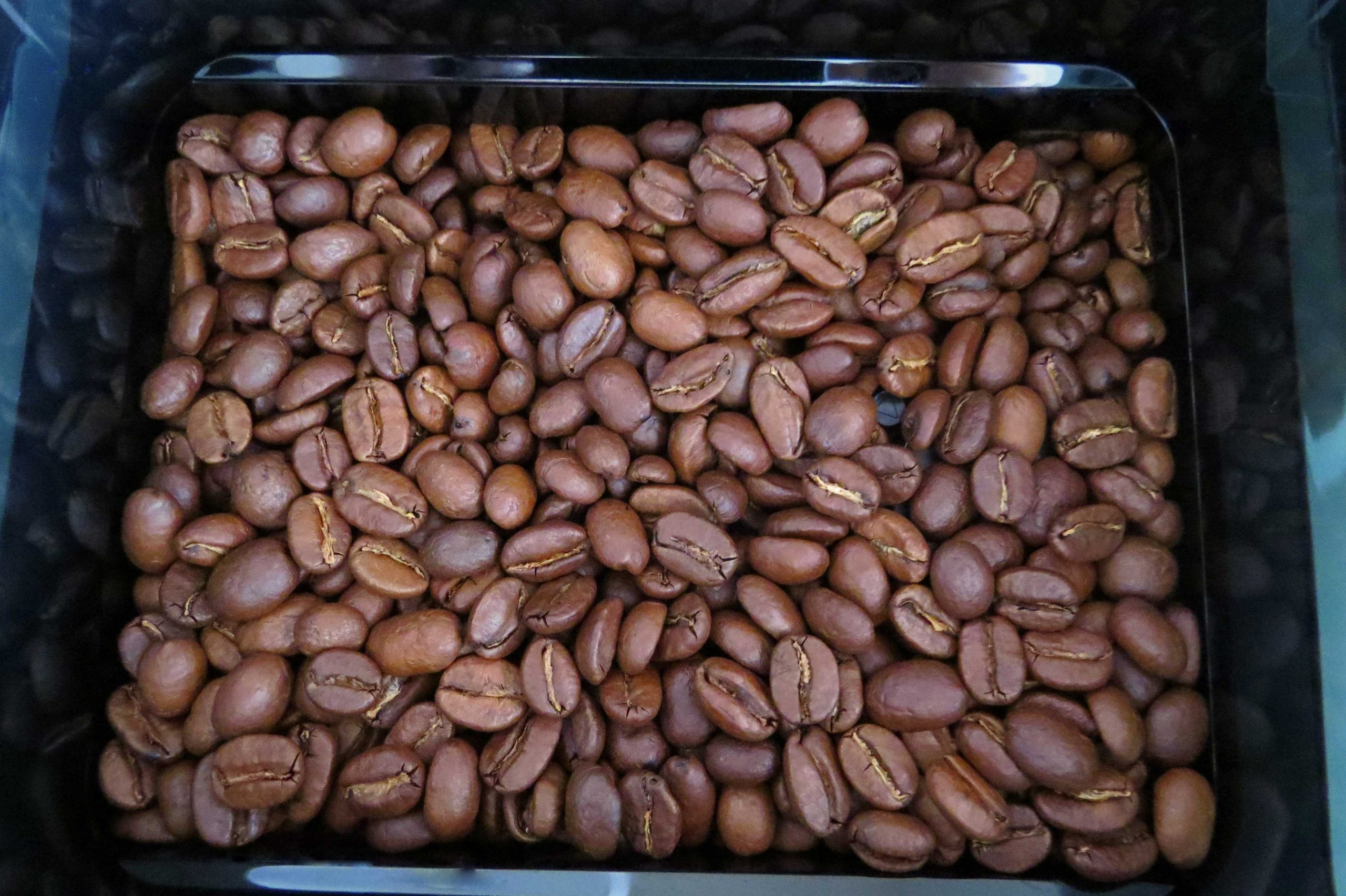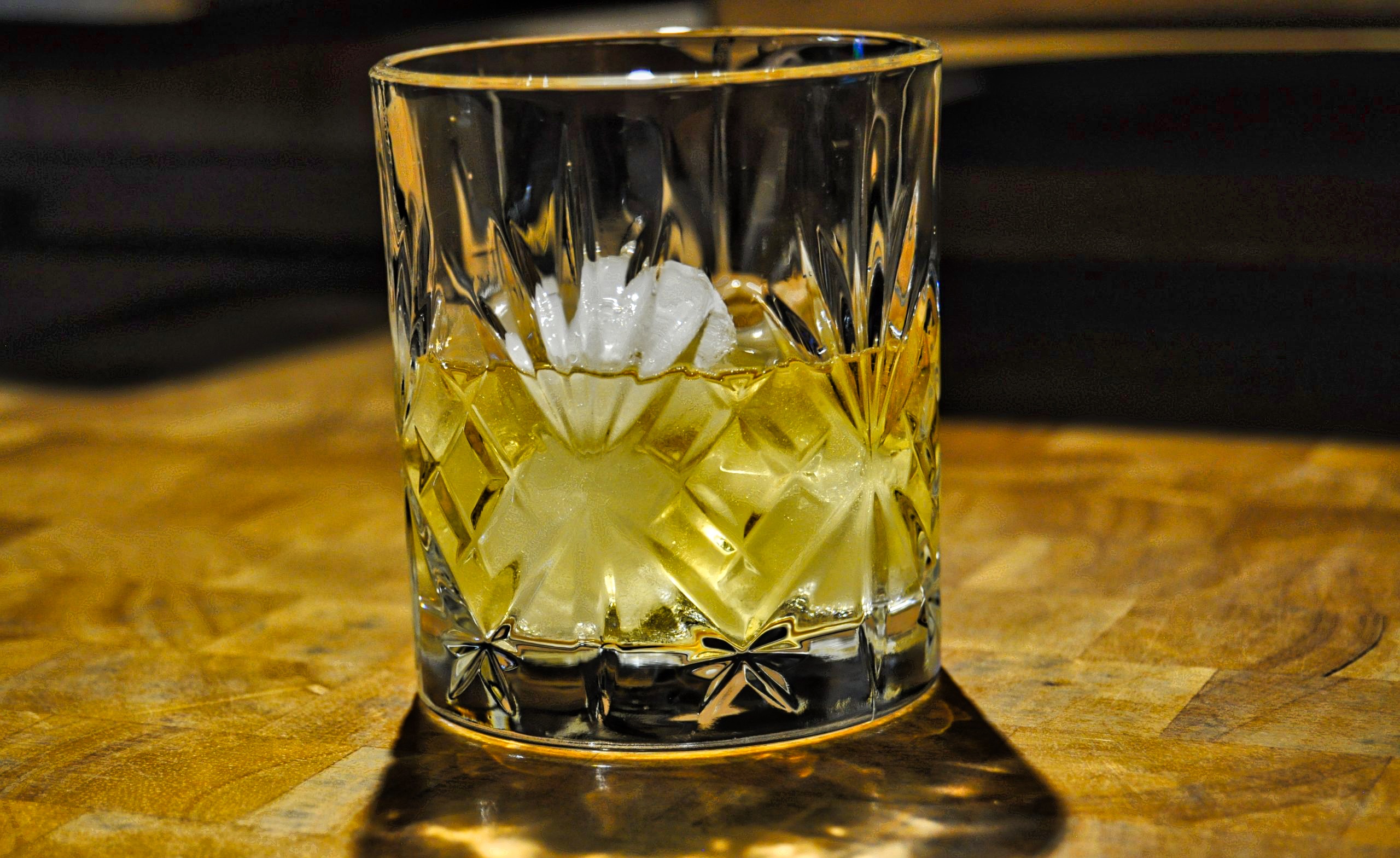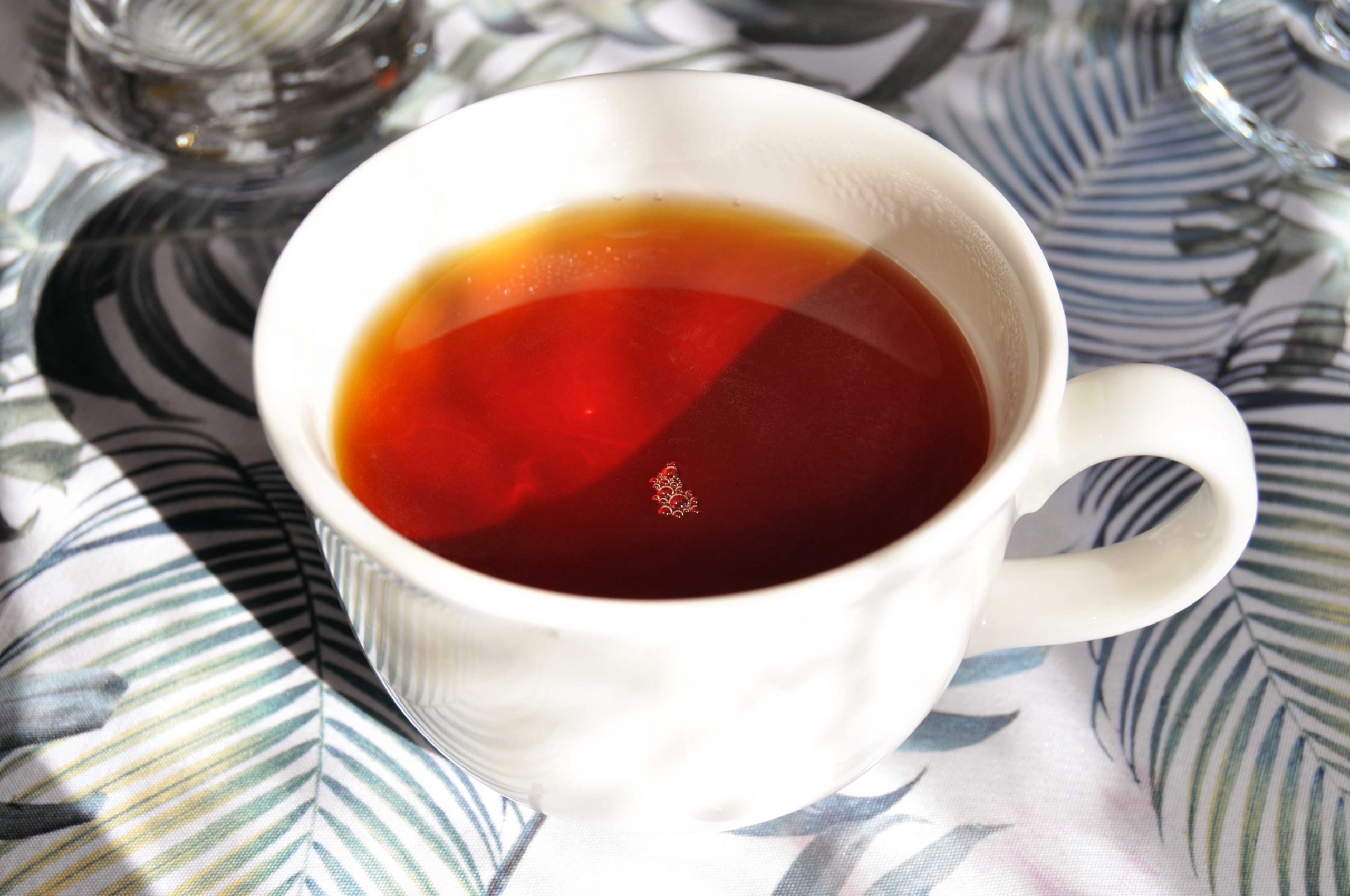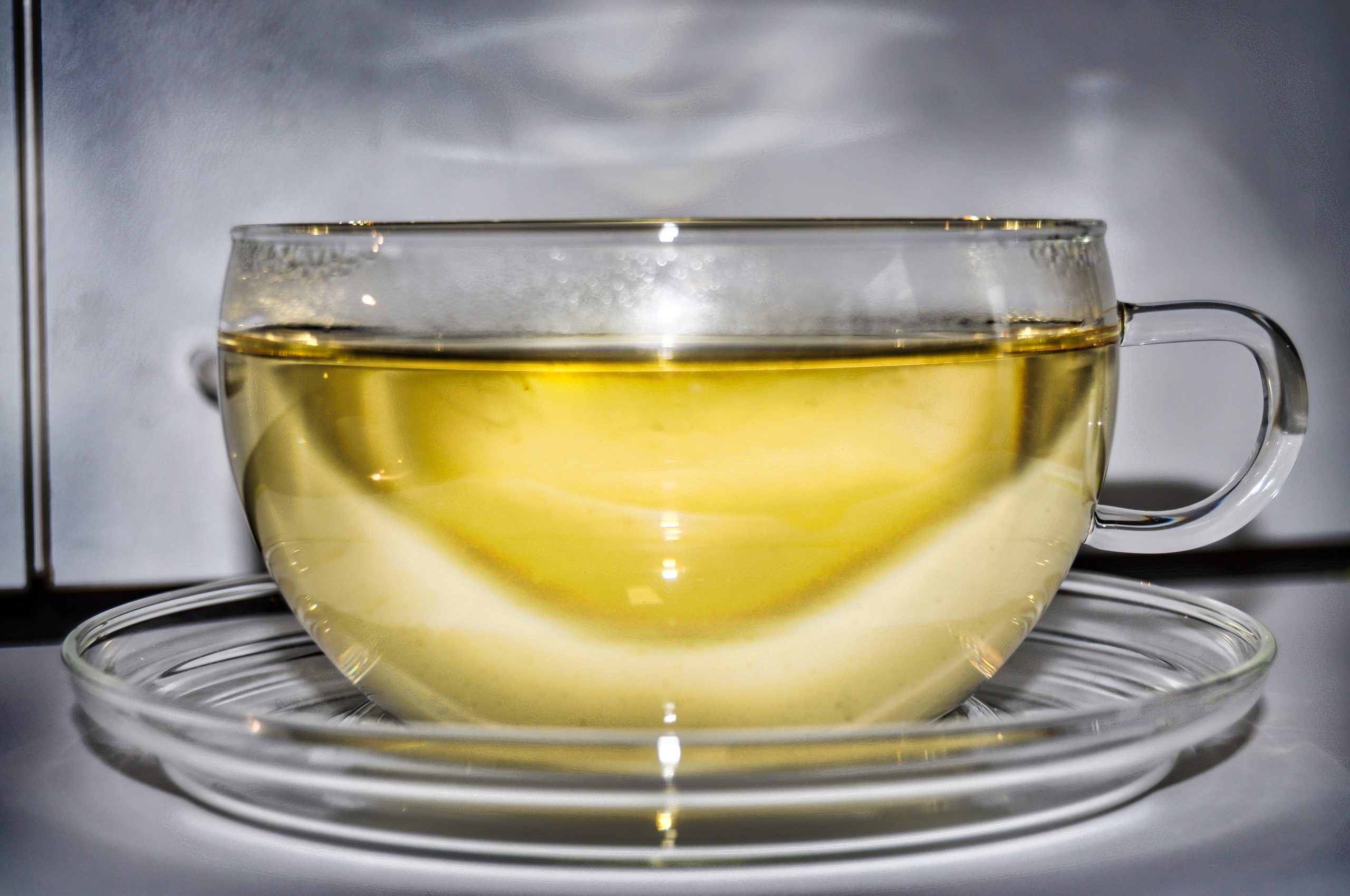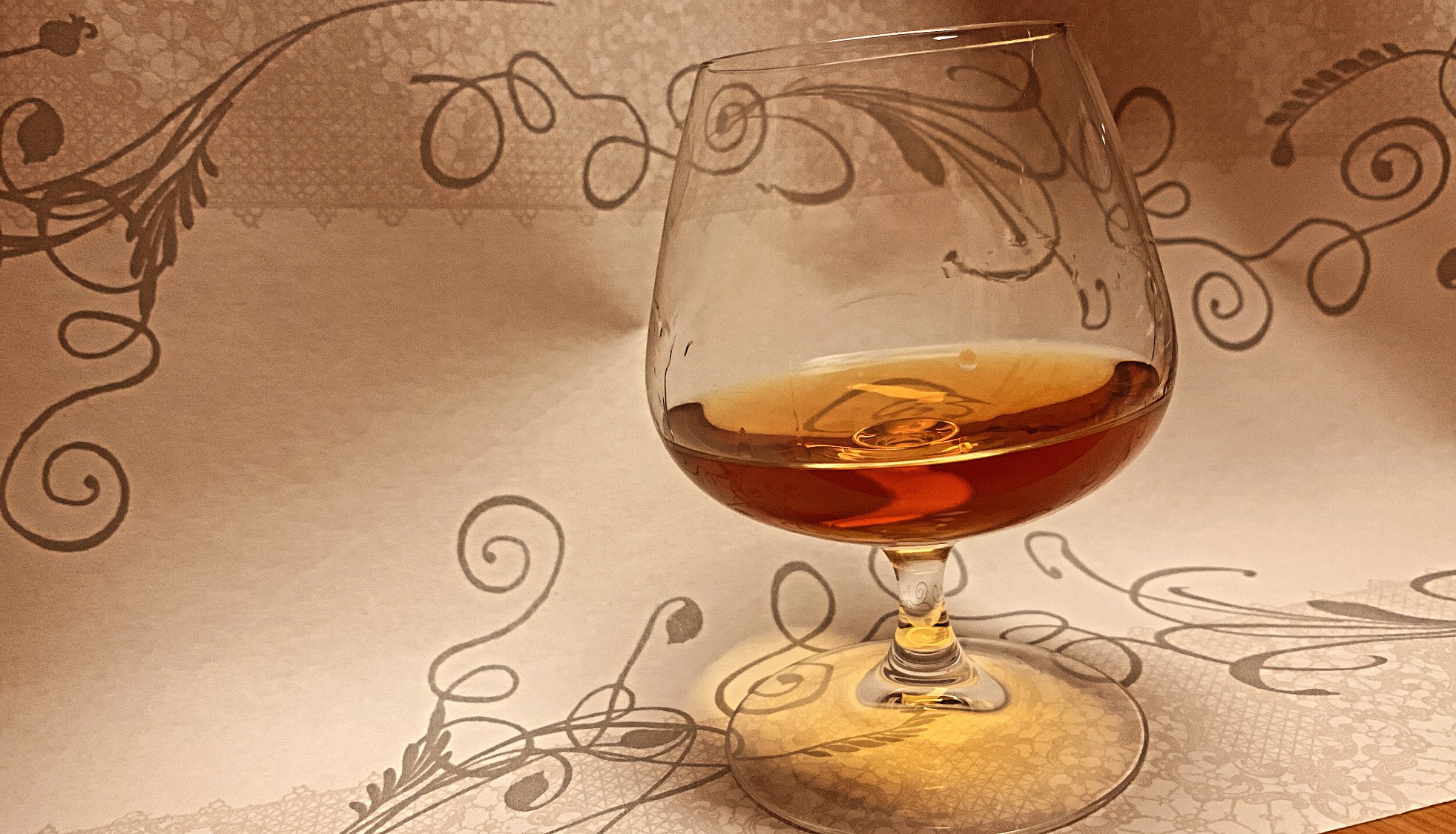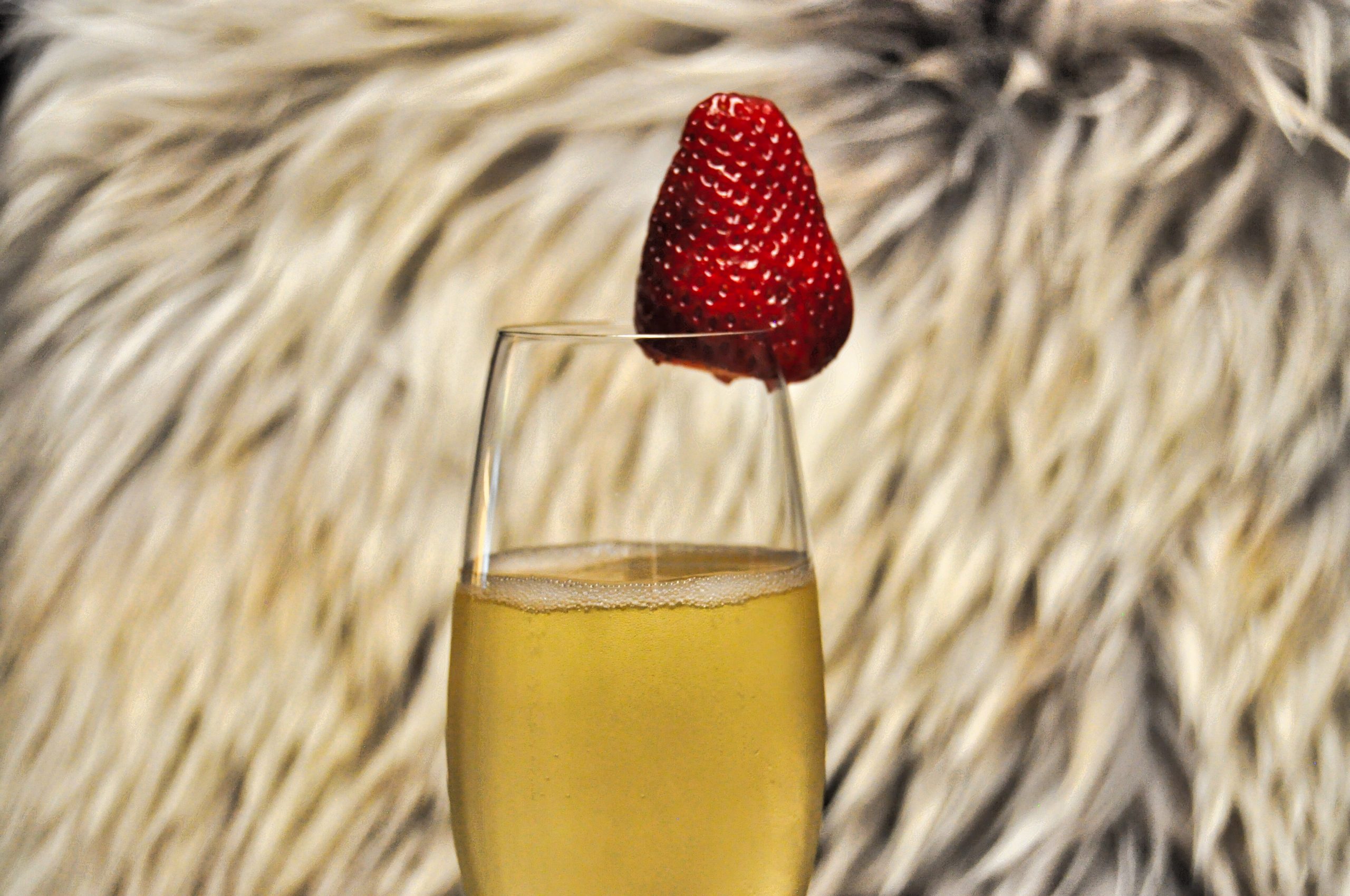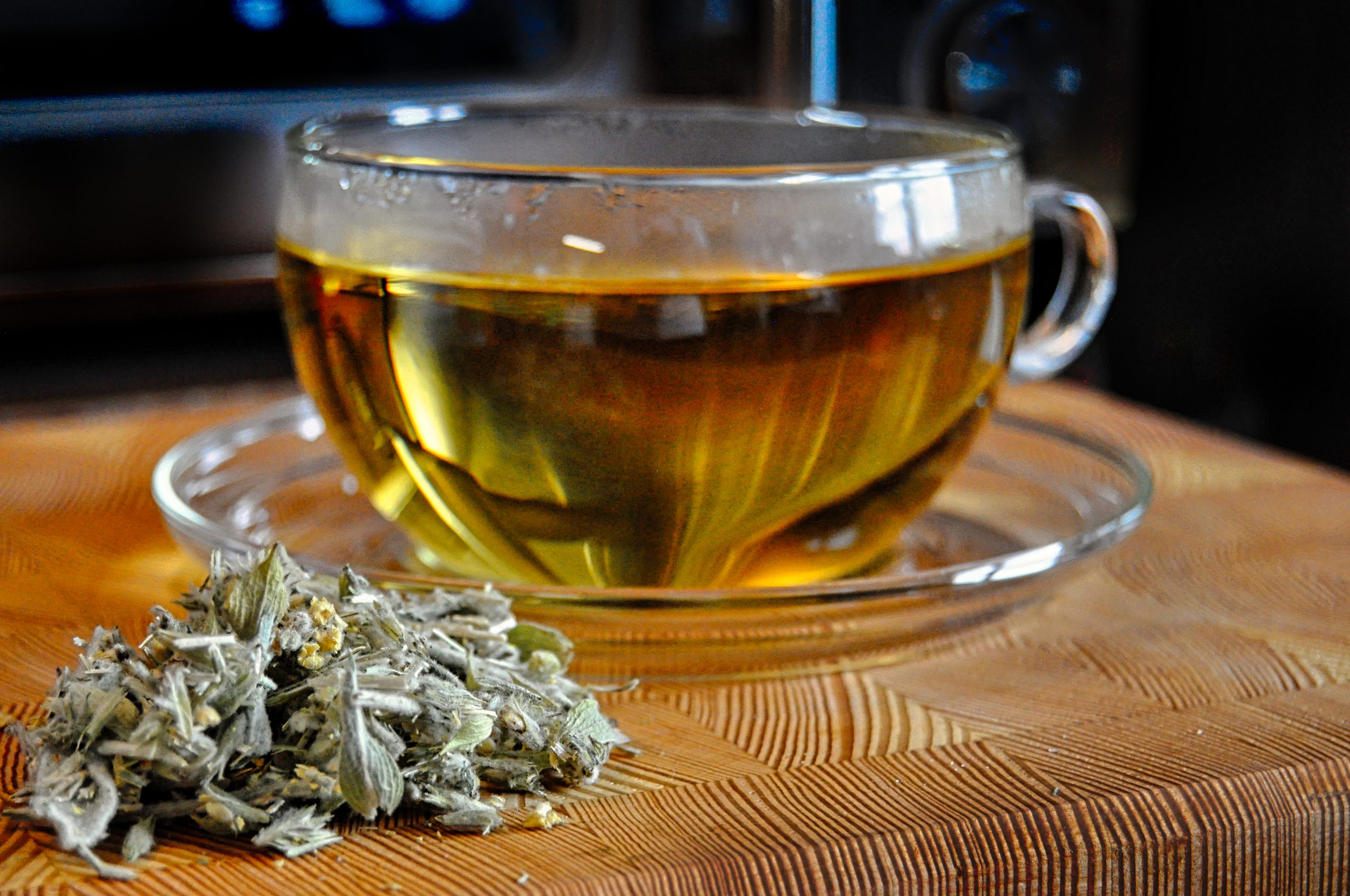Hardly any wine-growing region is associated with Spanish viticulture as much as Rioja: the approx. 60,000-hectare northern Spanish wine-growing region is known worldwide primarily for its top-quality red wines made from the Tempranillo grape.
Not all Rioja is the same: the wine-growing region is divided into three large areas, all of which are characterised by different climatic conditions and soil structures.
The Rioja region is named after the Rio Oja, a tributary of the Rio Tirón. Yet it is not the Rio Oja river that influences viticulture in this region at all: instead, the region’s vineyards stretch for over 100 kilometres along the banks of the Ebro.
Many Rioja winemakers believe that subtle acidity is the key to an aromatic Rioja wine.
Rioja Alta
One of the largest subzones of Rioja is Rioja Alta, which is strongly influenced by the Atlantic. The town of Haro is considered to be the capital of Rioja – not only do traditional wineries have their home there, but the first Rioja was exported to the world from the railway station that was opened there over 100 years ago.
In this region, the Tempranillo grape variety plays a major role – in the high, cool sites of Rioja Alta, the grape varieties form grapes with thicker skins than in the other subzones. In addition, the grapes develop more acidity here – this results in wines that are ideal for a long storage period. Many Rioja winemakers believe that subtle acidity is the key to an aromatic Rioja wine.
Not least because of the long storage time of wines that come from Rioja Alta, Rioja wines from Rioja Alta are considered the most precious.
Rioja Alavesa and vinification stages
The smaller region of Rioja Alavesa is located in the Basque Country: the climate there is mainly determined by the Mediterranean winds, and the grapes are growing in a warmer environment here than in Rioja Alta. Here, too, the vines are at high altitudes. Nevertheless, the wines from Rioja Alavesa are fruitier and can also be drunk young – as Rioja Joven. A Rioja Joven is sold the year after the harvest.
Sometimes Rioja wines from Rioja Alavesa are also made as Crianza wines: In order to bear the rating Crianza, the wine is usually stored for two years, at least six months of which in a French or American oak barrel. More precious are the Reserva and Gran Reserva stages: Reserva wines are aged for at least 36 months (of which at least 12 months in barrique barrels) and Gran Reserva wines form the top of the Spanish vinification stages: Gran Reserva wines are stored for at least 60 months, of which at least 18 months in oak barrels. A longer storage period is often not only a question of price, but also of taste: there are Rioja sites that are predestined for a short storage period and then there are sites that require a longer maturation period for full enjoyment.
Rioja white wines
The warmest and driest region is Rioja Oriental (formerly Rioja Baja): However, it is less the Tempranillo variety that is grown there, but more the Grenache grape variety. Grenache is a valued cuvee partner for many southern wines; the grape variety is very rarely found as a wine on its own.
Although most vineyards in Rioja grow red grapes, there are also some white wines from Rioja: Macabeo, Malvasía, Riojana and Garnacha blanca are often used for white wines. Since 2007, Chardonnay and Sauvignon Blanc may also be used as cuvee partners for white wines from Rioja. A Rioja red wine is almost always vinified dry – an exception are rosé wines, which are sometimes also vinified semi-sweet.
Long tradition
The Rioja region has a wine-growing history that goes back to antiquity: a remnant of times long past are the guardaviñas: these are dome-shaped stone buildings that were used by winegrowers over a thousand years ago as a place of refuge in bad weather and to monitor the grape harvest.
As early as 1560, winegrowers from Rioja decided to brand their wine barrels with uniform branding to emphasise their origin: It was the beginning of the Rioja wine-growing region that is recognised today.
The heyday of Rioja wineries began in the second half of the 19th century: numerous Rioja winegrowers acquired knowledge in Bordeaux and returned to their Spanish homeland to further develop winegrowing there. The fact that numerous traditional Rioja winemakers acquired their knowledge in Bordeaux is still noticeable today: It is often said that modern Rioja wines resemble modern Bordeaux wines in their composition and vitrification stage.
One can’t go wrong with a Rioja wine with the Crianza or Reserva stage.
Bodegas
In the past, it was customary to wrap Rioja bottles with a gold-coloured wire mesh (called alambrado): Today, this custom can only be found at a few wineries.
There are said to be about 20,000 winegrowers in Rioja: Many of the winemakers deliver their products to large wineries (called bodegas). There are over 500 of these bodegas – forty per cent of the quantity of Rioja wines produced each year goes to the world market.
On the one hand, the Rioja region is known for its extremely exclusive products, especially wines labelled Reserva or Gran Reserva. On the other hand, there are numerous producers who also bring very high-quality wines to the market at a reasonable price and thus make wine enjoyment possible for a broad mass.
Like hardly any other southern European wine-growing region, Rioja stands for tradition and wine culture: one can’t go wrong with a Rioja wine with the Crianza or Reserva stage.
Cover picture: © Simon von Ludwig

 Deutsch
Deutsch

